John Young in Photos: Astronaut, Moonwalker and Space Shuttle Pioneer
Apollo 10 Up and Away
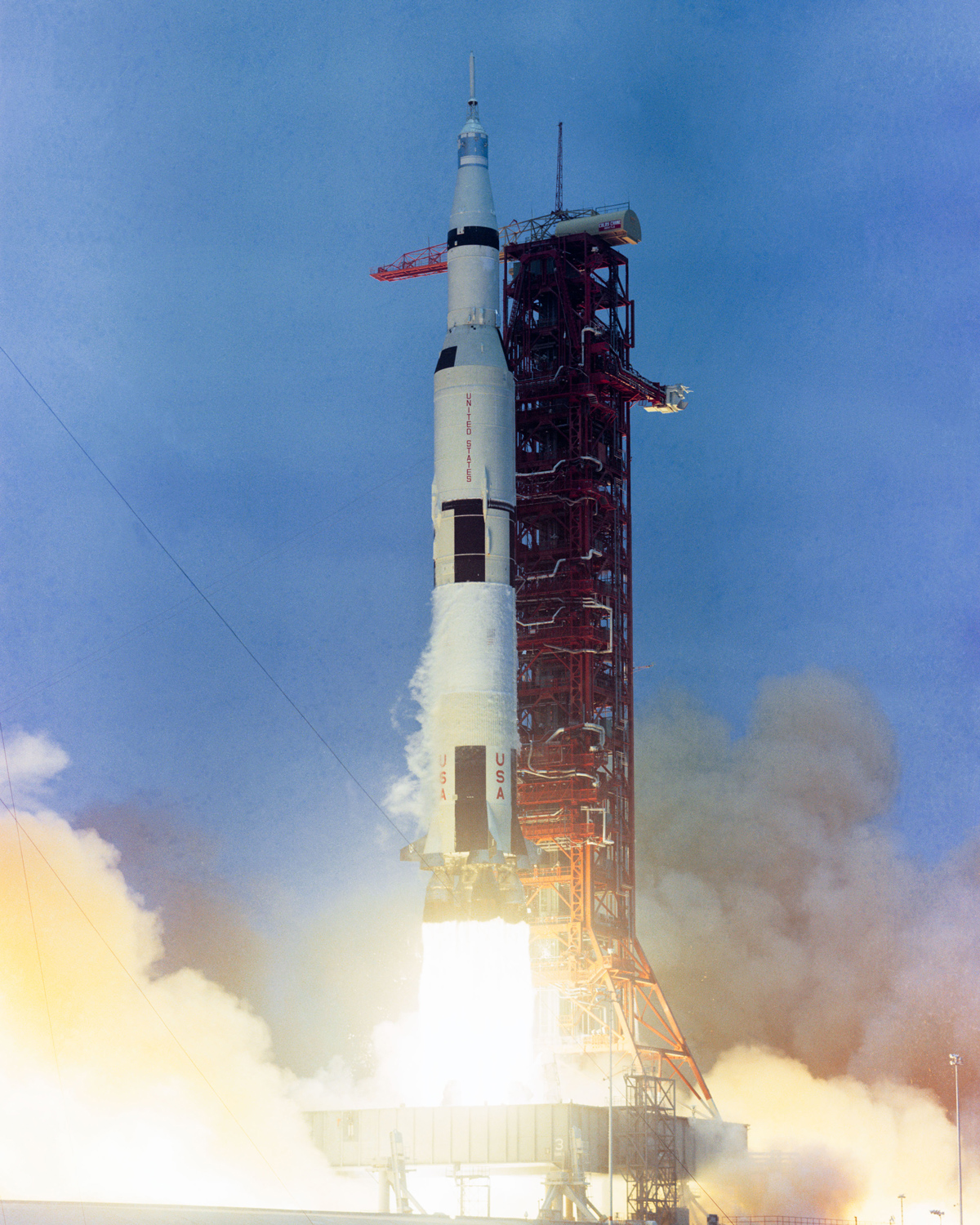
On May 18, 1969 at 12:49 p.m. the Apollo 10 space vehicle launched from Kennedy Space Center's Launch Complex 39, Pad B. The prime crew made up of astronauts Thomas P. Stafford, commander; John W. Young, command module pilot; and Eugene A. Cernan, lunar module pilot orbited the moon for eight days in the second manned flight for NASA. Astronauts Stafford and Cernan descended in the Lunar Module to within 8 miles of the lunar surface.
Well, Hello There
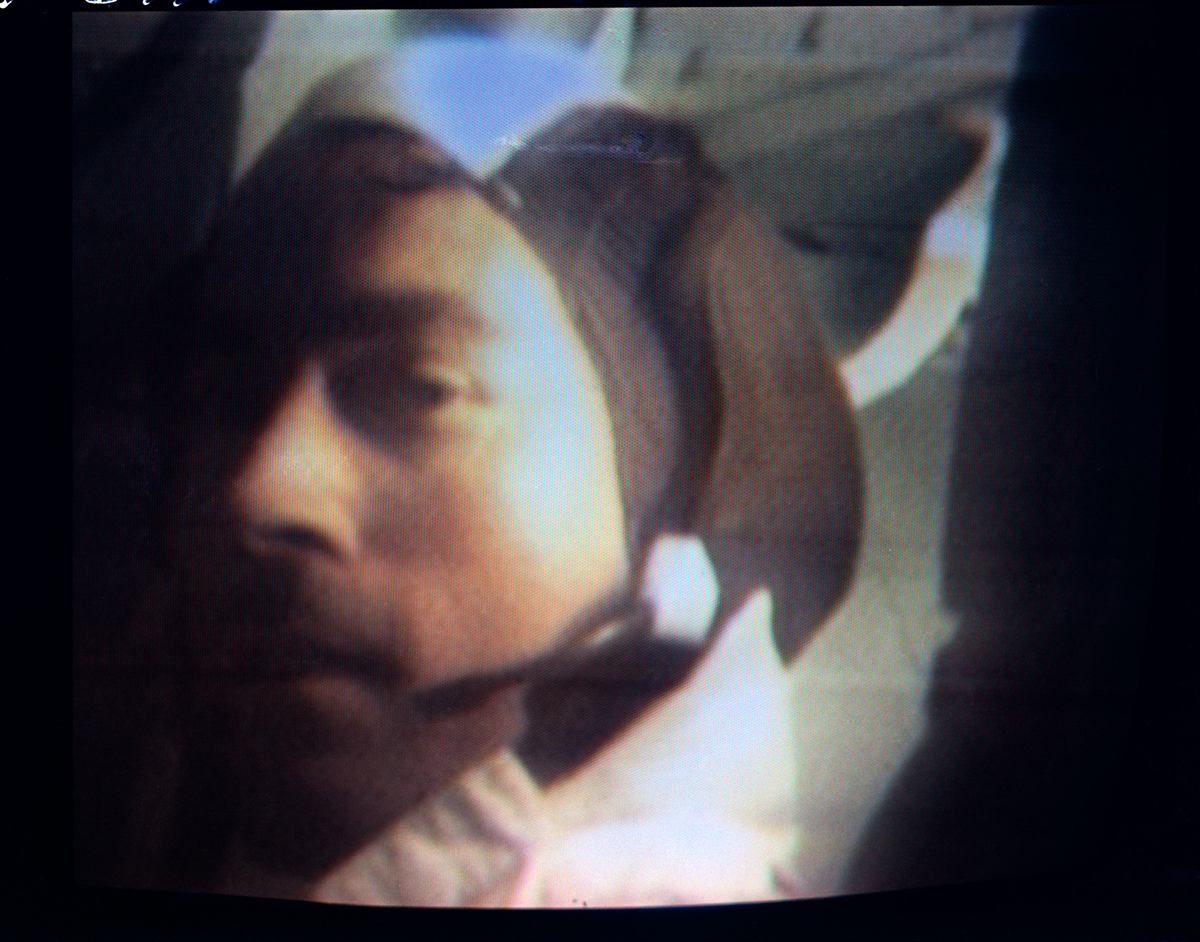
The third television transmission was made by the color television camera on the Apollo 10 spacecraft as the crew made their way to the moon. This image of astronaut John W. Young, Apollo 10 command module pilot, was made from that transmission.
A Gorgeous Evening to Land
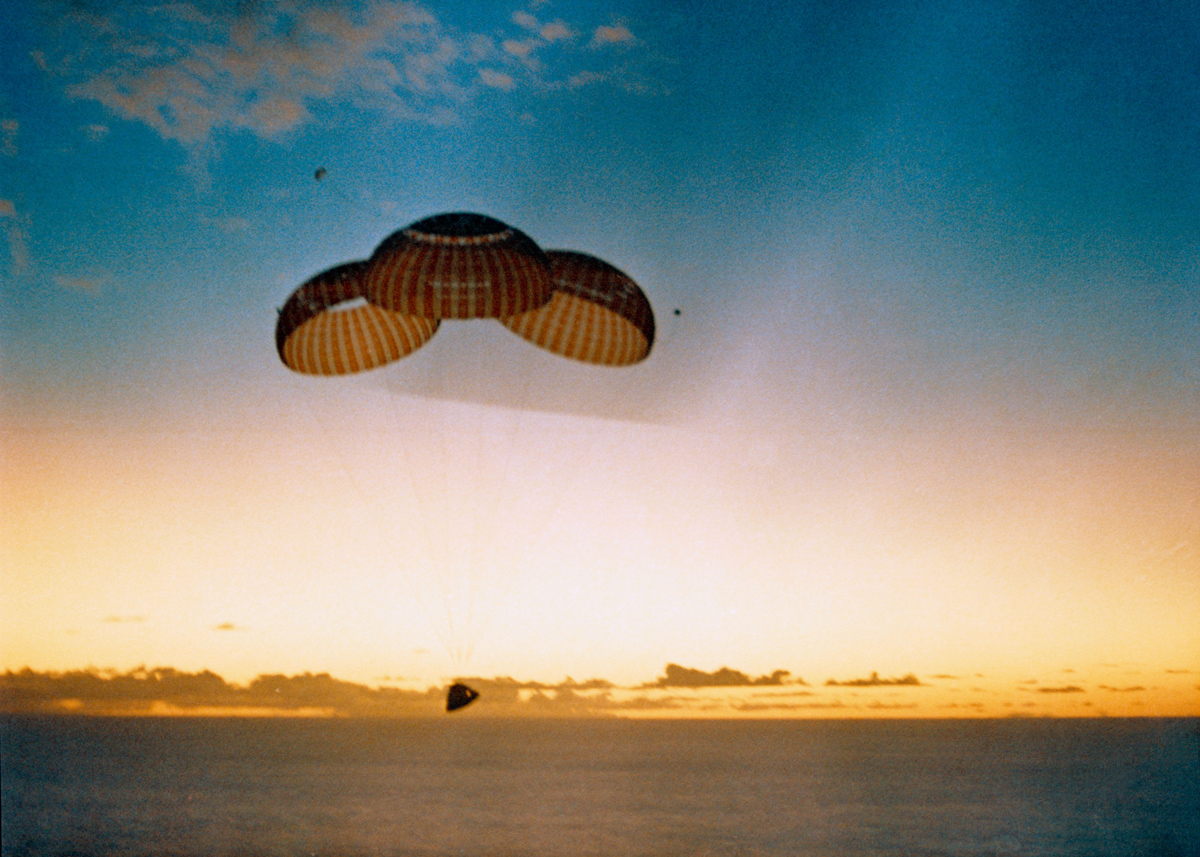
On May 26, 1969, the Apollo 10 spacecraft reentered Earth's atmosphere bringing with it astronauts Thomas P. Stafford, John W. Young and Eugene A. Cernan. Splashdown happened in the South Pacific after a successful eight-day lunar orbit mission and the crew and vessel were recovered by the USS Princeton.
Depart the Tiny Vessel
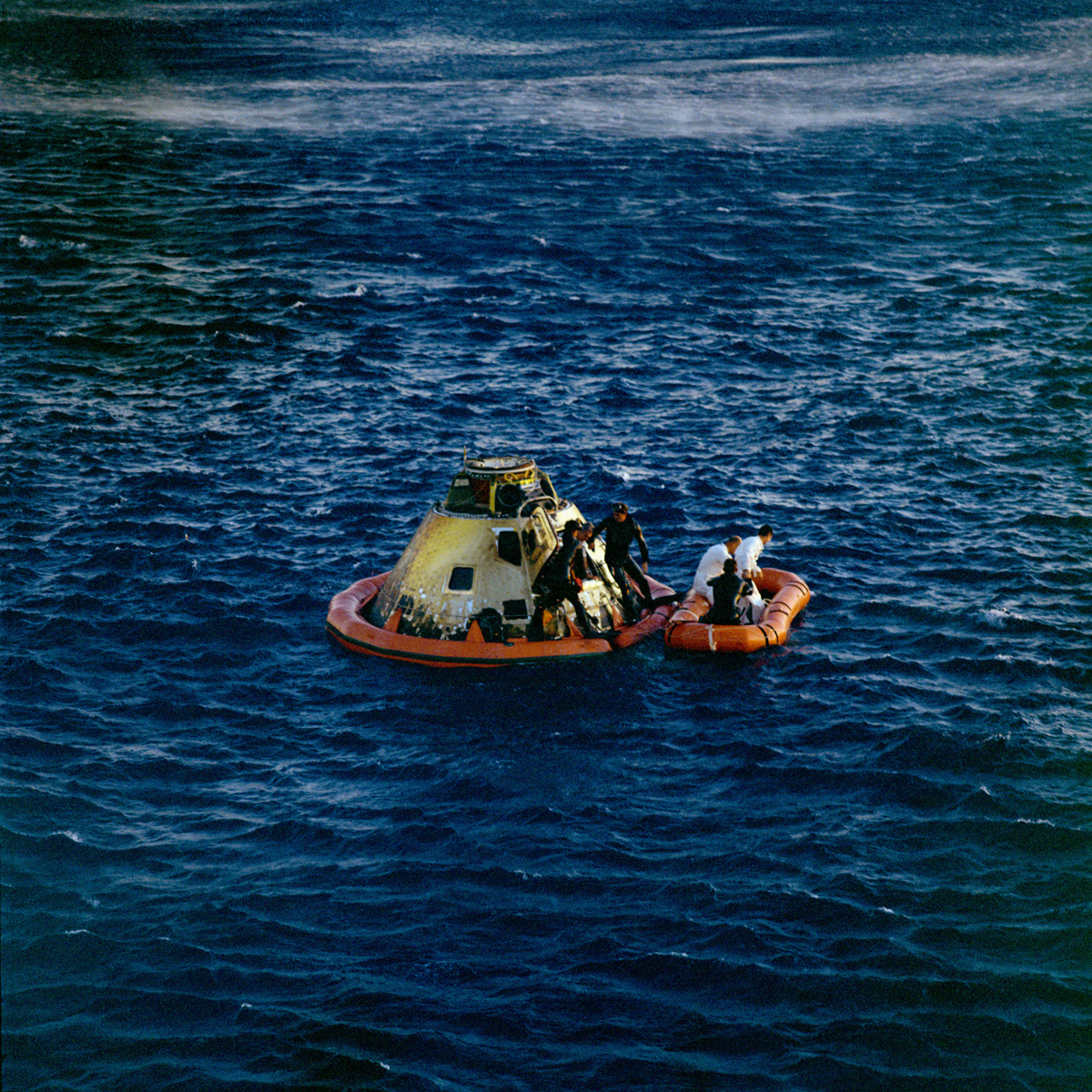
After a successful splashdown, the Apollo 10 prime crew, assisted by Navy underwater demolition team swimmers, leave the Command Module. Astronauts Thomas P. Stafford (left), commander; and John W. Young, command module pilot, wait in the life raft as astronaut Eugene A. Cernan exits the module. There trio was carried to the USS Princeton by helicopter at the conclusion of a successful eight-day lunar orbit mission.
Back on Solid Footing
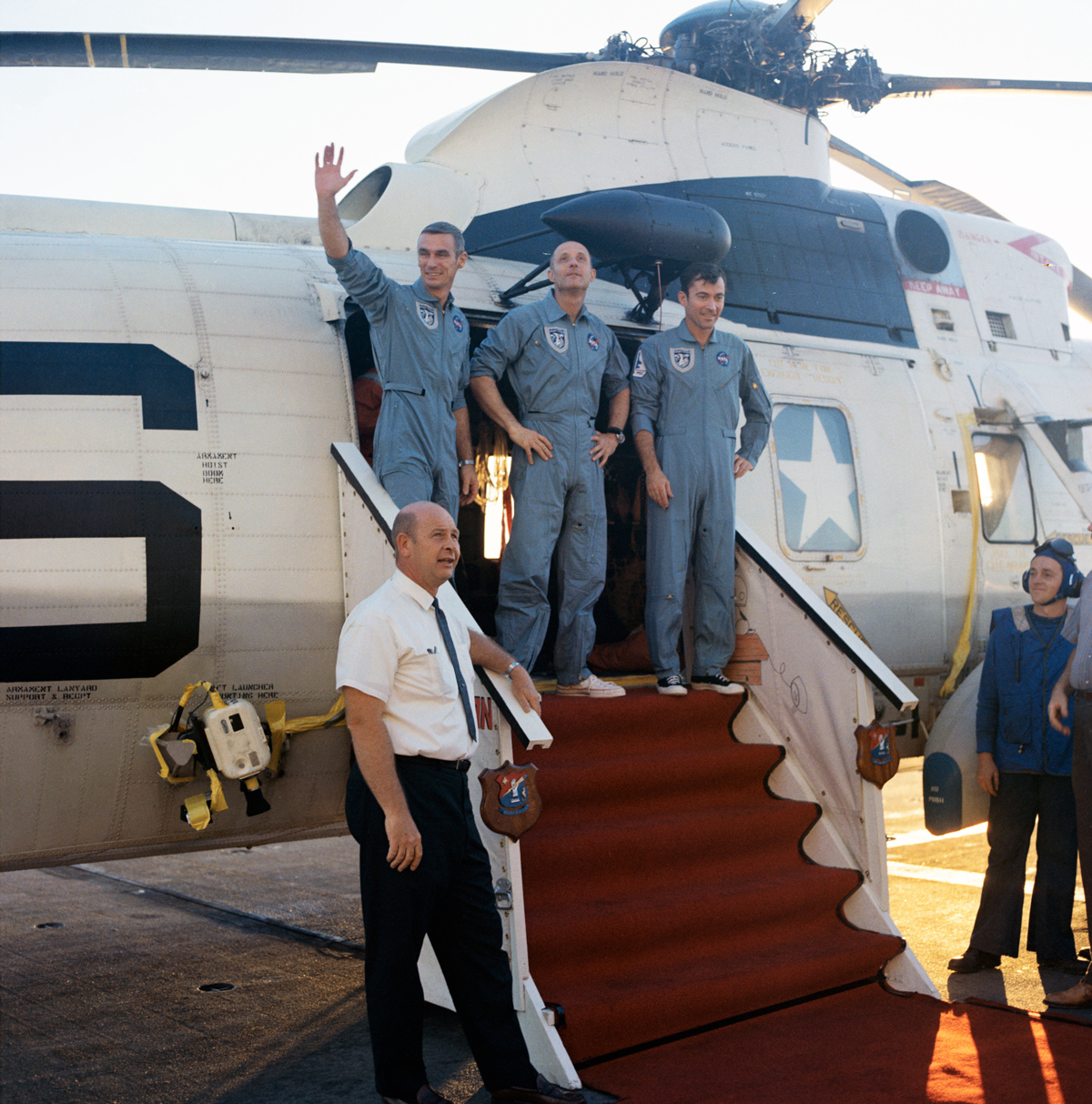
After an eight-day lunar orbital mission, the Apollo 10 crew members are welcomed onto the USS Princeton. The May 26, 1969 splashdown concluded another successful eight-day lunar orbital mission.
Apollo 16 Crew
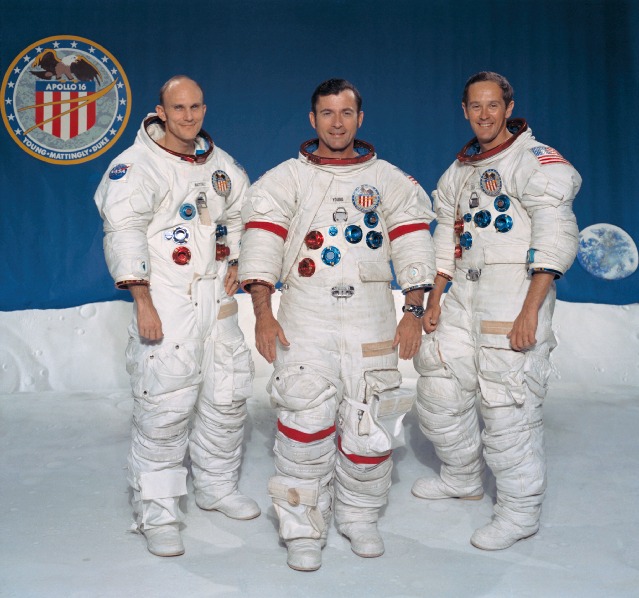
The Apollo 16 crew: Thomas K. Mattingly II, command module pilot; John W. Young, commander; and Charles M. Duke Jr., lunar module pilot.
Capsule Practice
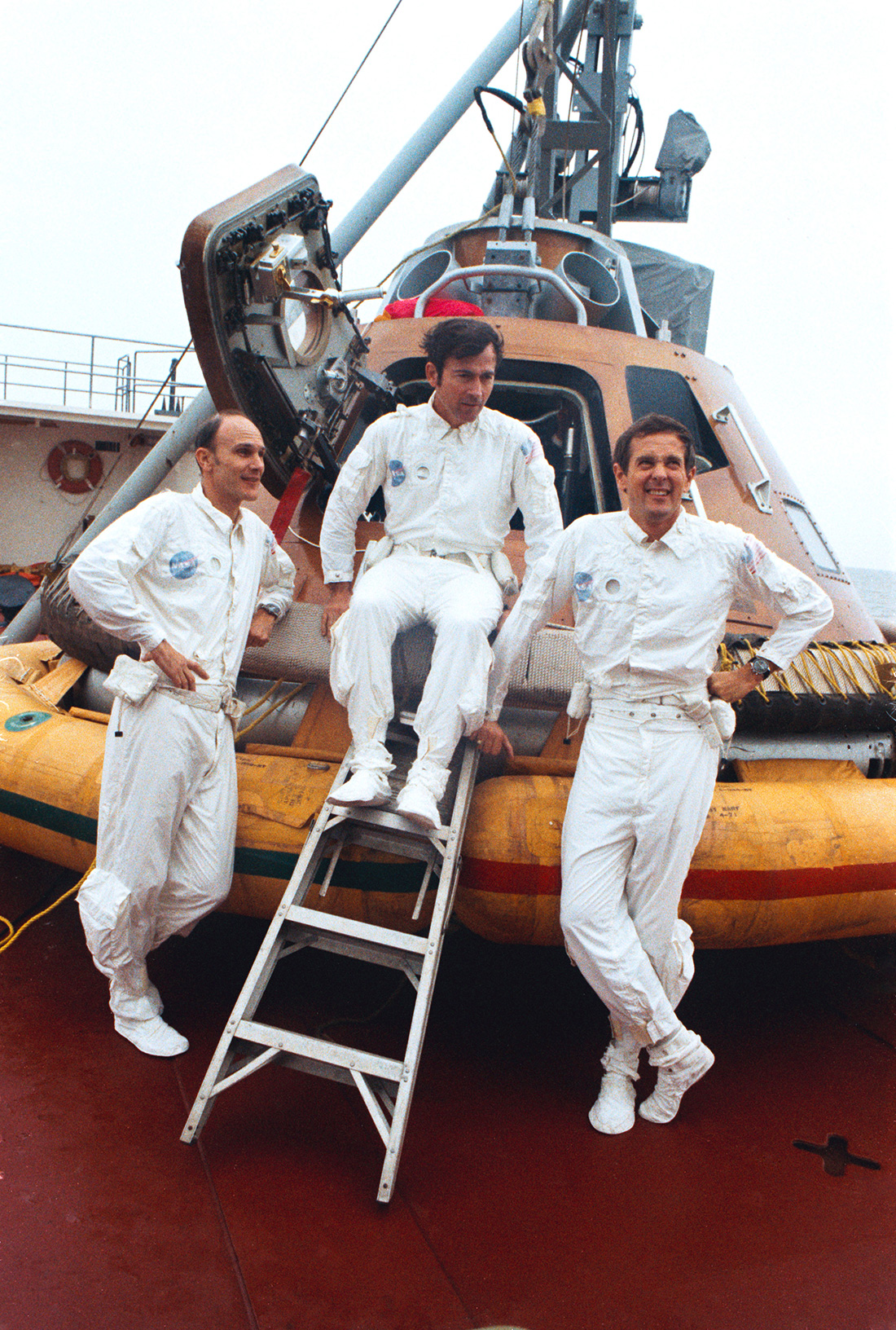
During water egress training in the Gulf of Mexico on February 5, 1972, the Apollo 16 prime crew — from left to right, astronauts Thomas K. Mattingly II, command module pilot; John W. Young, commander; and Charles M. Duke Jr., lunar module pilot — chill on the NASA Motor Vessel Retriever.
Get the Space.com Newsletter
Breaking space news, the latest updates on rocket launches, skywatching events and more!
Moonwalk Practice
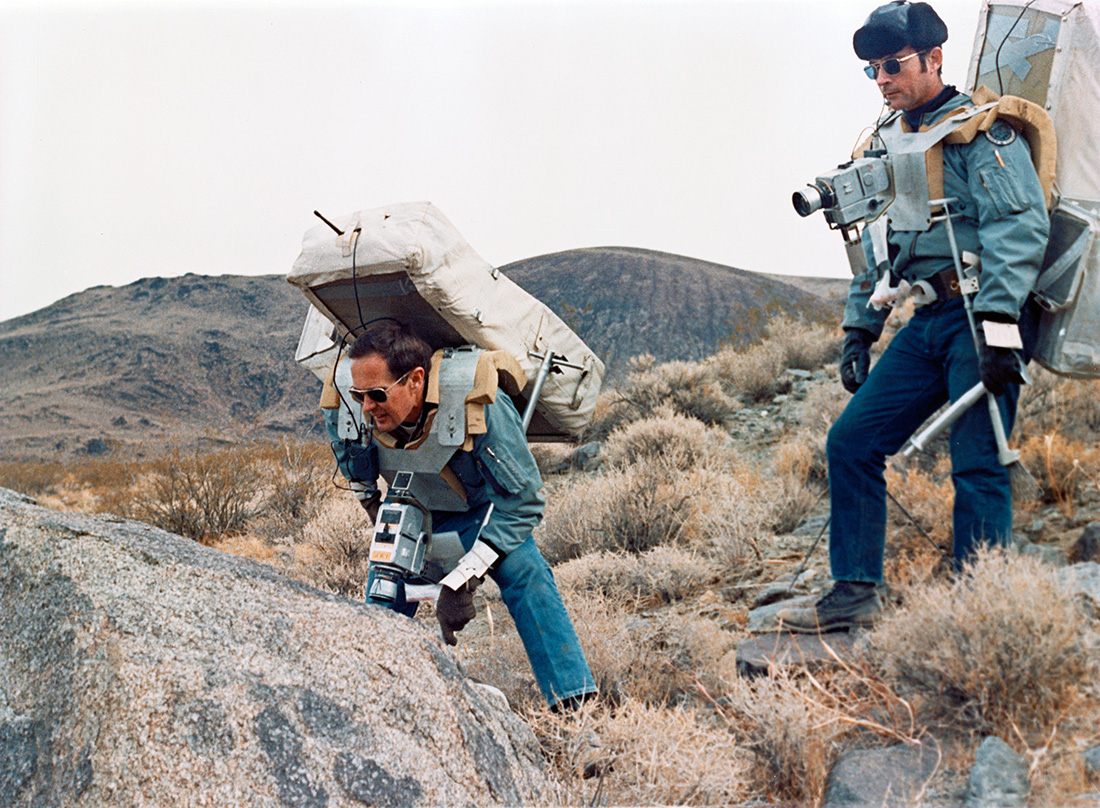
Over November 17-18, 1971, astronauts John W. Young, right, prime crew commander for Apollo 16, and Charles M. Duke Jr., lunar module pilot, took part in a geology field trip to the Coso Range outside Ridgecrest, California to complete exercises along a simulated lunar traverse route. The tasks were completed at the U.S. Naval Ordnance Test Station.
Picture Perfect Launch
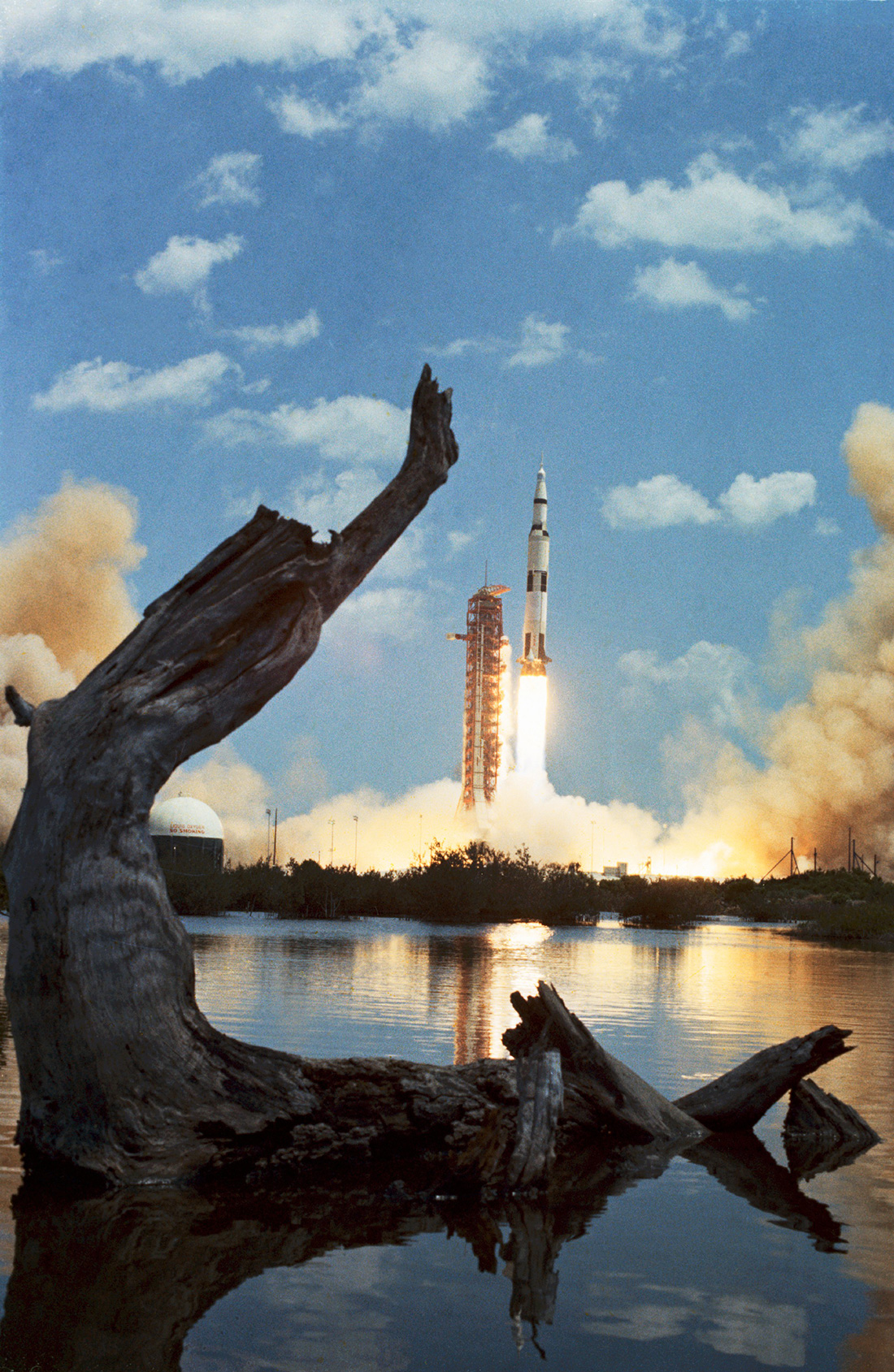
On April 16, 1972, the Apollo 16 space vehicle, standing 363-feel tall, consisting of Spacecraft 113, Lunar Module 11 and Saturn 511, successfully launched from Launch Complex 39, Pad A at Kennedy Space Center, Florida. The Apollo 16 prime crew — astronauts Thomas K. Mattingly II, command module pilot; John W. Young, commander; and Charles M. Duke Jr., lunar module pilot — were part of NASA's fifth lunar landing mission.
Apollo 16 from the LC-39 Press Site
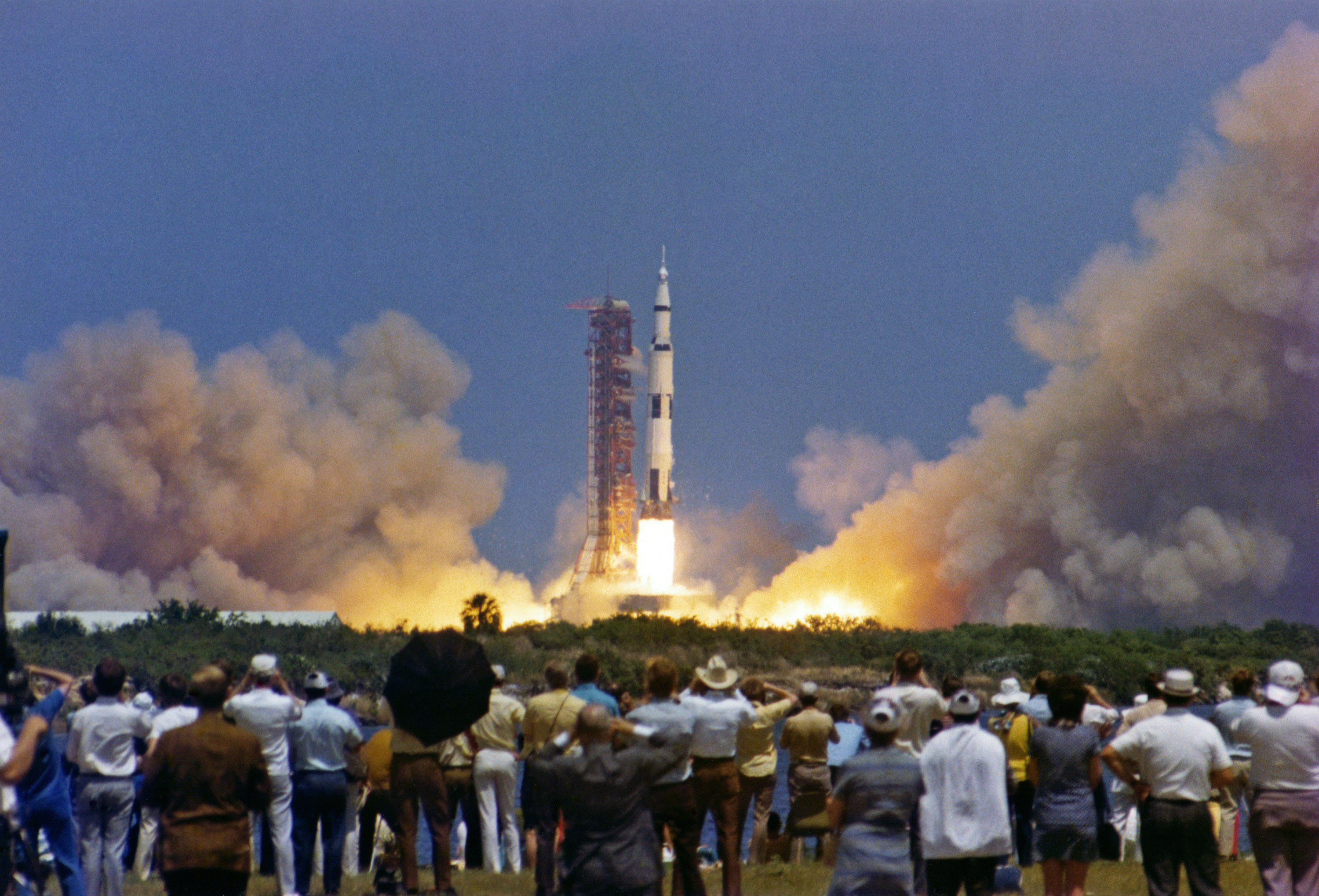
Apollo 16 as seen from the LC-39 Press Site, seconds after liftoff at 12:54 p.m. (EST) on April 16, 1972. Spectators sweltered in 88-degree-Fahrenheit temperatures, with 44 percent humidity— the hottest of any Apollo launch.
Join our Space Forums to keep talking space on the latest missions, night sky and more! And if you have a news tip, correction or comment, let us know at: community@space.com.

Tariq is the Editor-in-Chief of Space.com and joined the team in 2001, first as an intern and staff writer, and later as an editor. He covers human spaceflight, exploration and space science, as well as skywatching and entertainment. He became Space.com's Managing Editor in 2009 and Editor-in-Chief in 2019. Before joining Space.com, Tariq was a staff reporter for The Los Angeles Times covering education and city beats in La Habra, Fullerton and Huntington Beach. In October 2022, Tariq received the Harry Kolcum Award for excellence in space reporting from the National Space Club Florida Committee. He is also an Eagle Scout (yes, he has the Space Exploration merit badge) and went to Space Camp four times as a kid and a fifth time as an adult. He has journalism degrees from the University of Southern California and New York University. You can find Tariq at Space.com and as the co-host to the This Week In Space podcast with space historian Rod Pyle on the TWiT network. To see his latest project, you can follow Tariq on Twitter @tariqjmalik.









